Iconic Horror Film Franchises that Deserve Next-Gen Games
These scary movies need videogame adaptations like The Texas Chainsaw Massacre
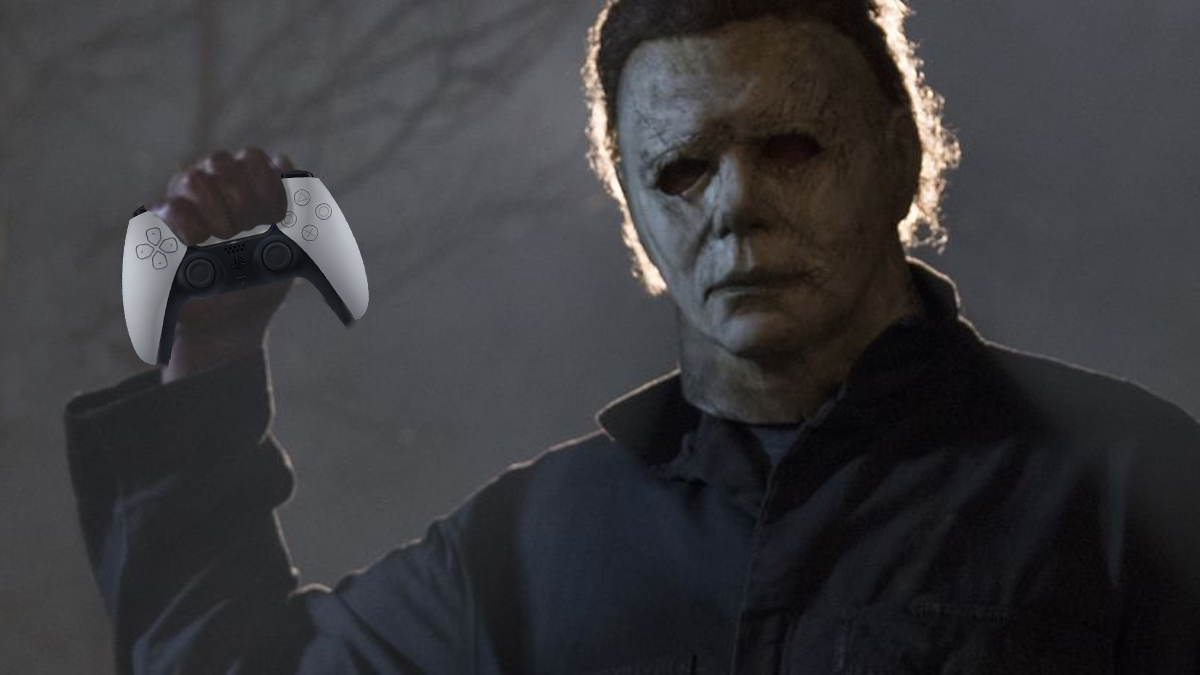
The Texas Chainsaw Massacre has officially launched, bringing Tobe Hooper’s terrifying film masterpiece to the videogame medium for the first time in its own title since the controversial 1983 Atari game of the same name. The newly released Texas Chainsaw adaptation joins a slew of legendary horror film franchises that have released licensed games in recent years such as Alien, The Blair Witch Project, The Evil Dead, Friday the 13th, Predator, as well as the ever-growing, famous list of IPs featured in the multiplayer sensation Dead by Daylight.
Despite horror’s omnipresence in pop culture (and especially videogames), a few notable film franchises in the genre have unfortunately been excluded from the modern gaming landscape. While not every classic horror movie franchise is compatible with the videogame medium, here is a list of film-to-game adaptation ideas that would surely cause gamers to shriek with excitement AND provide the ingredients for excellent gameplay.
George A. Romero’s Night of the Living Dead
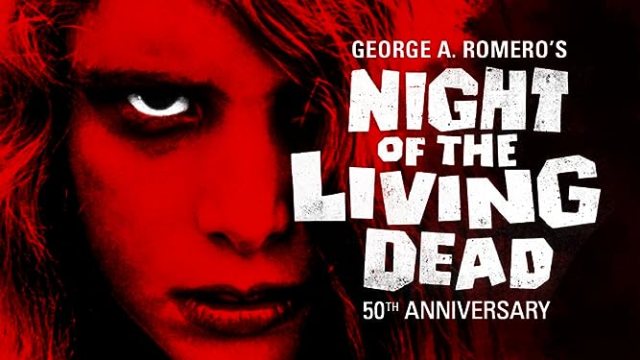
Why Night of the Living Dead would make a great game: The late, legendary horror film visionary George A. Romero wrote and directed a long-running series of acclaimed zombie films spanning from 1968 to 2009, including Night of the Living Dead, Dawn of the Dead, Day of the Dead, Land of the Dead, Diary of the Dead, and Survival of the Dead. Romero’s films were foundational to the zombie horror genre, and continue to inspire countless stories to this day, across various media.
Although any “Of the Dead” entry is worthy of a next-gen game adaptation, Night of the Living Dead seems like the best choice thanks to its unique black-and-white aesthetic, eerie rural Pennsylvania setting, and the fact that the intellectual property is public domain (meaning that any interested developer could theoretically take on the project).
What type of game would it be?: Night of the Living Dead would be wise to maintain the story-driven nature of its 1968 source material while integrating survival horror gameplay mechanics. A Night of the Living Dead game in the vein of Resident Evil or Silent Hill would be… to die for.
Jaws
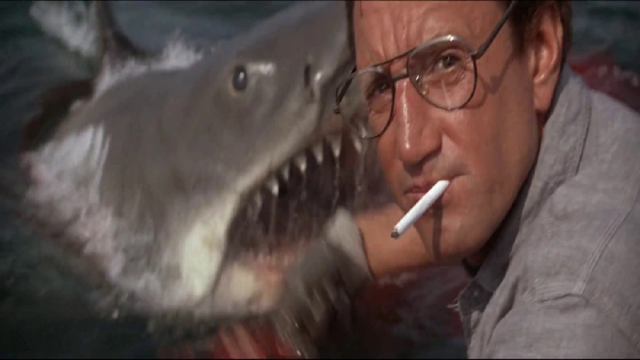
Why Jaws would make a great game: The Steven Spielberg-led Jaws forever changed horror, the film industry, and even how people looked at the ocean following its 1975 release. Based on the novel by Peter Benchley, Jaws tells the harrowing story of a small town sheriff with a fear of water, who stands as the only line of defense against a great white shark feeding on the locals of his Amity Island jurisdiction. Thanks to its incredible story, exemplary acting performances, and memorable musical score from John Williams, Jaws captivated the national and international consciousness, becoming the highest-grossing film of all-time (until later being dethroned by Star Wars), and is widely dubbed as “the first blockbuster.”
Although its sequels were poorly received, the original Jaws has stood the test of time as one of the greatest horror stories ever told in any medium. Needless to say, a beloved, critically acclaimed IP like Jaws would be a desirable videogame adaptation in the current-gen horror gaming environment.
What type of game would it be?: The most impressive thing about a theoretical Jaws game is the overabundance of genre possibilities. First, there is the safe, predictable choice of putting gamers in the fins of the great white shark, similar to 2006’s Jaws Unleashed, or the 2020 Shark RPG, Maneater. Another option would be an asymmetric multiplayer horror experience with one player taking control of the oceanic apex predator against a team of three (such as Brody, Quint, and Hooper from the movie), who must cooperate on the film’s iconic boat, The Orca, to kill the shark (or die trying).
Personally, I would prefer an adaptation led by Supermassive Games (Until Dawn, The Dark Pictures Anthology), Telltale (The Walking Dead, The Wolf Among Us), or a similar studio, which would mold Jaws into an interactive horror story/graphic adventure, complete with branching decisions and multiple endings, allowing gamers to experience the “what ifs?” and unexplored plot threads of the 1975 classic.
John Carpenter’s The Thing
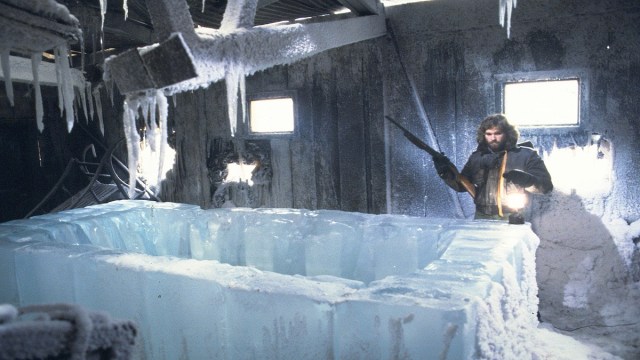
Why The Thing would make a great game: John Carpenter’s The Thing blends science fiction and horror through its tale about a group of Antarctic researchers who are infiltrated by a shapeshifting alien lifeform. “The Thing” hides amongst the crew, picking off the humans one-by-one, and replaces them with imitations. If the premise sounds familiar, the film served as a partial inspiration for the multiplayer smash hit Among Us, and remains an all-time horror cult classic and massively influential within the genre.
Previously, The Thing received a videogame adaptation in the form of a 2002 tactical survival horror/third-person shooter from Computer Artworks, which garnered positive reviews from critics, as well as approval from the “Master of Horror” himself, John Carpenter (the director of The Thing).
What type of game would it be?: In my view, there are two pathways for a successful next-gen videogame version of the Thing. The first would be a two-team asymmetrical horror multiplayer game similar to Among Us that would pit the Outpost 31 crew against The Things, but with the unique gameplay mechanic of survivors turning into “imitations” upon defeat, rather than being killed.
On the other hand, The Thing could follow the route of a title like Dead Space, with single-player, science fiction oriented gameplay mixed with Metroidvania elements, providing an immersive gaming experience, allowing players to explore the Antarctic research facility turned alien-infested hellscape of Outpost 31.
Related: 5 Reasons Why We Need a Dead Space Movie
The Conjuring
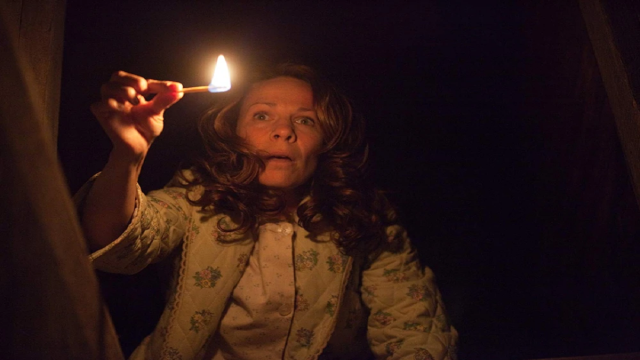
Why The Conjuring would make a great game: The Conjuring rates among the most lucrative horror franchises of all-time. In terms of commercial success, the series’ scary universe is truly in a league of its own, with four films (The Conjuring, The Conjuring 2, The Nun, and Annabelle: Creation) ranking among the top fifteen highest grossing opening weekends in the genre’s history. With an emphasis on supernatural horror and demonic possession, The Conjuring could be an absolutely spine-chilling experience if the project is handled by the right group of developers.
What type of game would it be?: Unquestionably, the Conjuring’s videogame adaptation should utilize a first-person viewpoint and take influence from sources like the Amnesia series, Layers of Fear, Outlast, and (arguably most importantly) from the now defunct Silent Hills playable teaser “P.T.” All of those games use their unique first-person gameplay mechanics to create feelings of claustrophobia, helplessness, and find ways to strike fear in the hearts of their player bases. Even better, if the developers really want to crank up the terror, a VR version could certainly conjure up some major scares.
Honorable Mentions
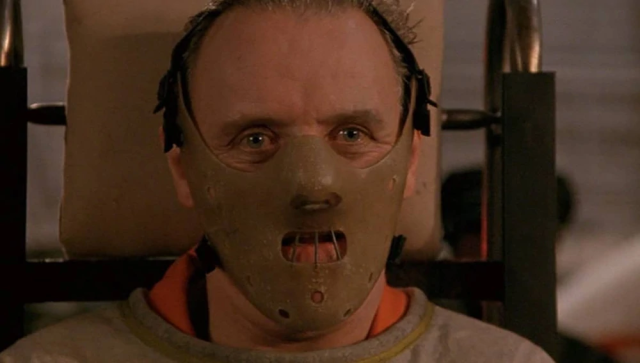
While researching and analyzing the best horror franchises that deserved game adaptations, I came across many series oozing with potential, but were simply too difficult to envision game versions for. To provide some examples, I think a Hannibal/The Silence of the Lambs video game that set players on a detective mission to hunt down the notorious cannibal serial killer Hannibal Lecter could be excellent, but ultimately seems to have limited gameplay potential.
Similarly, Wes Craven classics like A Nightmare on Elm Street and Scream, while incredible, would be challenging to integrate into a standalone horror game, and both of their killers are already featured in Dead by Daylight. The same could also be said for John Carpenter’s long running slasher franchise, Halloween.
Lastly, M. Night Shyamalan has consistently struck box office gold with a variety of horror and thriller films such as The Sixth Sense, Signs, and Split, but these are largely one-shot stories, not exactly franchises (with the exception of Split which is part of Shyamalan’s “Unbreakable” superhero trilogy).
With developers and publishers increasingly reaching into the past for successful horror film game adaptations, we can only hope that the trend of iconic horror IPs being resurrected for the videogame medium continues with these deserving franchises in consideration. For more horror features on Prima Games check out the preview of The Walking Dead: Betrayal.
